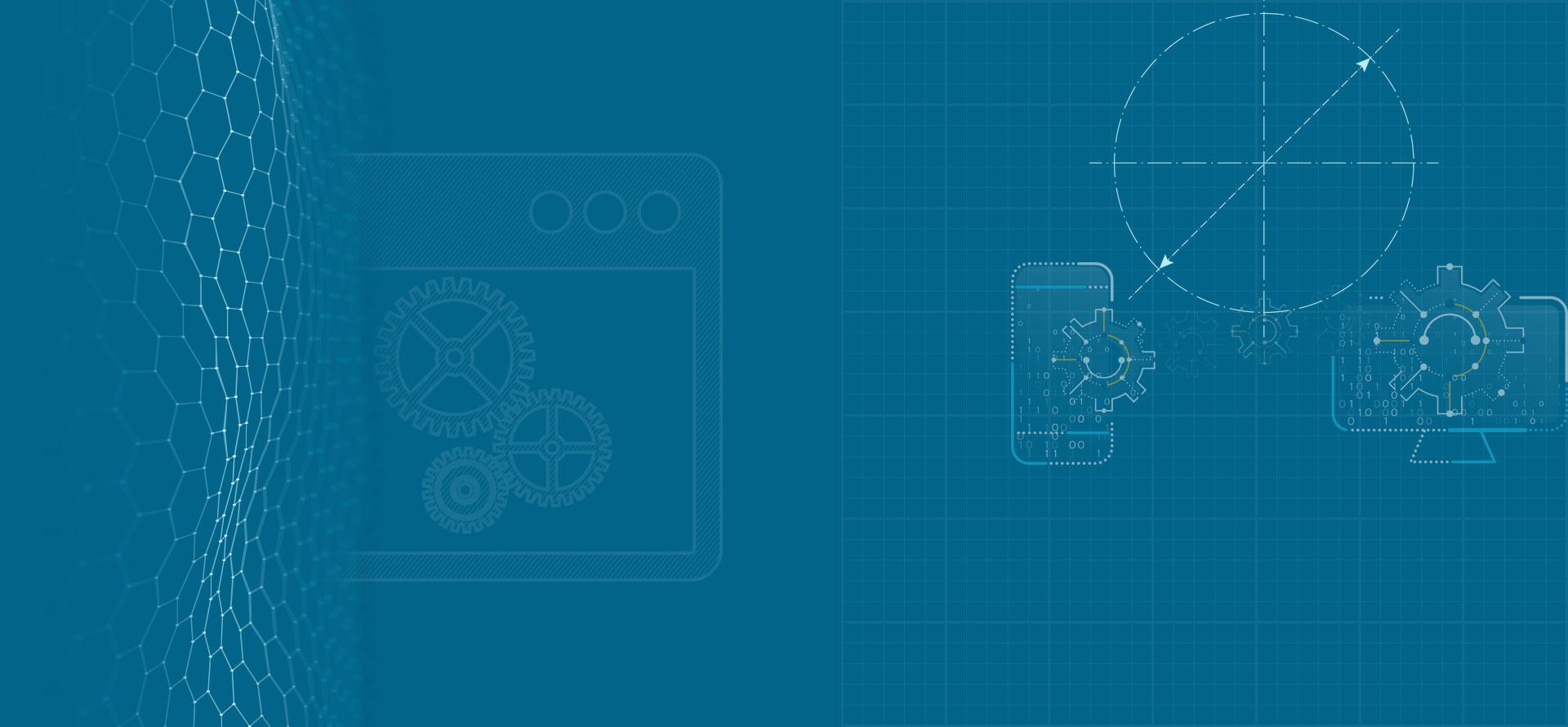Transformation Services
Not Sure Where to Start?
Transformation Services
Not Sure Where to Start?
Transformation Services
Not Sure Where to Start?

Tech talks, Technical articles, eBooks
Migrating a Windows desktop app written in VB6 to C# is 100% worth it! Except there are A LOT of performance considerations. Download this free whitepaper to learn more.
Thinking about rewriting your legacy apps to make them more modern?
If you're considering a application modernization project, download the free whitepaper now.
Legacy software is very likely to not be HIPAA-compliant.
Read about the precautions you need to take to ensure full compliance.
Every day brings news of new cyber attacks, malware, and stolen data.
And every day you hang on to VB6 you increase not only your vulnerability to attack, but also costs.
To help you run the numbers, we've created a white paper just for you on how to calculate the ROI of eradicating VB6.
Legacy software applications are valuable assets. Most CIO’s and CEO’s know this, in spite of the fact that today’s balance sheets rarely show their real value.
Typically, large investments in intellectual capital have been embedded in the legacy systems, but more often than not, those investments have been booked as expenses.
The DataWindow object is the cornerstone of PowerBuilder application development. PowerBuilder apps are largely designed around accessing databases, typically for CRUD (Create, Read, Update, Delete) operations.
8834 N Capital of Texas Hwy, Ste 302
Austin, TX 78759
Call us: +1.512.243.5754
info@wearegap.com